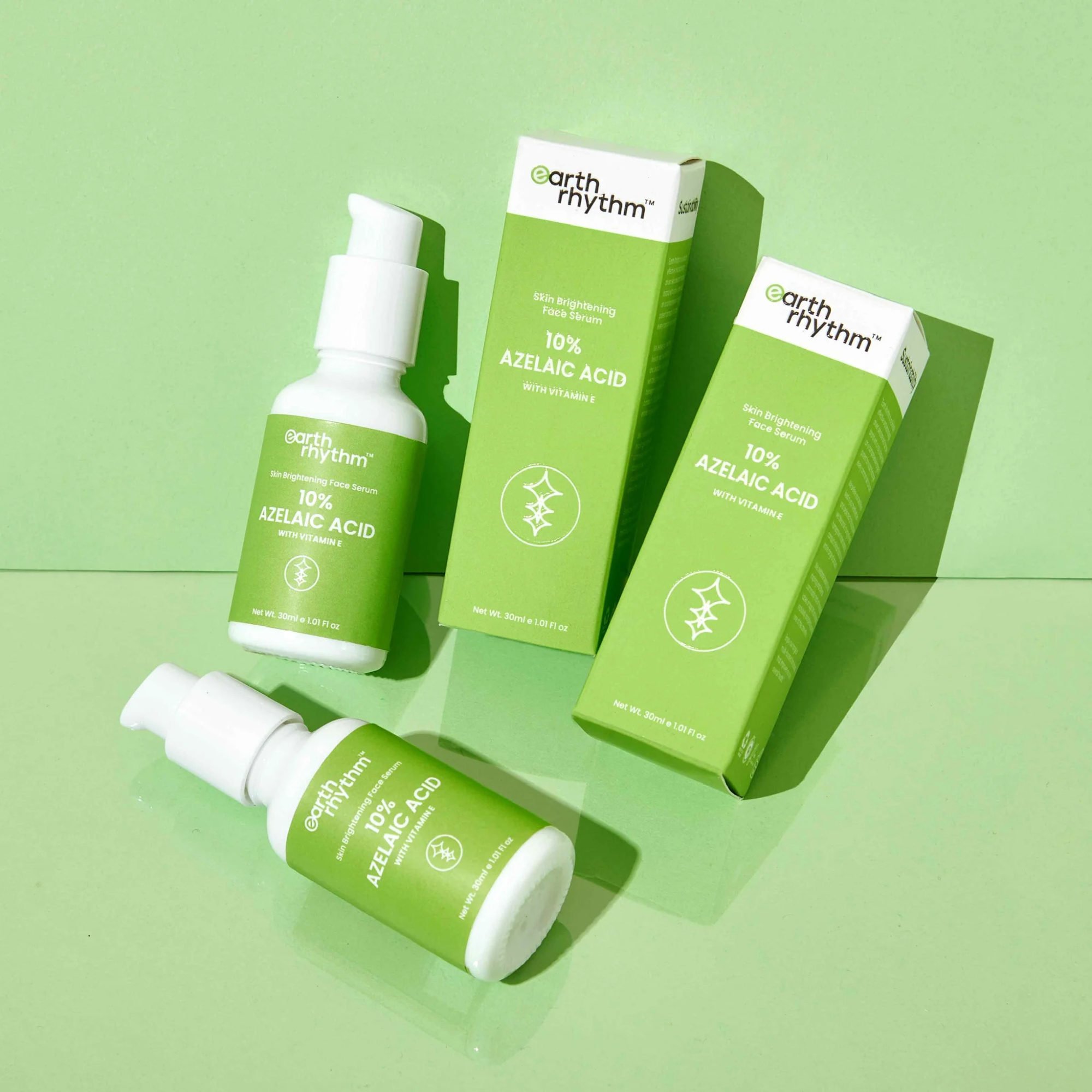Explainer / What is azelaic acid and how do you use it? The skincare ingredient alleviates beauty concerns like acne, dark spots, discolouration and rosacea-related redness – but watch out for side effects

What is azelaic acid?

According to Edyta Jarosz, master aesthetician at Shafer Clinic Fifth Avenue, azelaic acid “is a naturally occurring acid found in grains like barley, wheat and rye”. These grains have long been recognised for their wholesome properties.
Traditionally, azelaic acid was extracted from these grains in limited quantities, making it relatively rare in the beauty industry. However, science and innovation have stepped in to fill the gap by producing synthetic azelaic acid, ensuring a consistent and effective ingredient that can be easily incorporated into your daily routine.
How much does your diet affect skin health anyway? We asked a dermatologist
The benefits of azelaic acid

Azelaic acid offers a holistic approach to skincare. Its clear-cut benefits, from acne control to hyperpigmentation management, make it a vital asset in the journey to radiant, healthy skin.
“In skincare, it’s commonly used to treat various skin conditions and has several benefits,” Jarosz explains. “[It] has anti-inflammatory properties and can help treat mild to moderate acne by reducing the growth of acne-causing bacteria and preventing clogged pores.” It can also be a great ally to soothe irritation, transforming your skin into a smoother canvas and helping those struggling with redness and rosacea.

“It can improve uneven skin tone and reduce the appearance of skin discolourations, such as melasma, post-inflammatory hyperpigmentation and rosacea-related redness,” Jarosz adds.
How to check if your skincare has expired – and the health risks of using it
Additionally, “azelaic acid promotes gentle exfoliation, which can help with skin cell turnover, making the skin look smoother and more radiant”. And as if that wasn’t enough, it is also a powerful antioxidant that acts as a shield, fending off the harm caused by free radicals and environmental stressors. By protecting your skin, it helps preserve your youthful glow.
Potential side effects

One of the key factors in using azelaic acid successfully is getting the dosage right. Its concentration in skincare products can vary, commonly ranging from 2 to 10 per cent.
“Azelaic acid is available in both prescription and over-the-counter formulations, and it’s typically well-tolerated by many skin types. If you’re using an over-the-counter product, start with a lower concentration (usually 10 per cent or less) to minimise the risk of irritation,” Jarosz suggests.
She also advises beginners to use it every other day or just a couple of times a week, and then, as your skin becomes accustomed to it, you can gradually increase the concentration or frequency of use if desired.

While azelaic acid is generally well-tolerated by most individuals, it’s important to be aware of some potential side effects. It’s not uncommon to experience mild irritation in the early stages of using it, which can manifest as temporary redness, itching, or a burning sensation; however, these side effects are generally short-lived and often subside as your skin becomes used to the formula.
‘Cash grab’? 8 struggling celeb beauty brands, from Kim K to Lady Gaga
“To make azelaic acid more tolerable for very sensitive skin, apply it over moisturiser initially. As you use it over time, your skin becomes less reactive, and you can gradually transition to applying it directly on cleansed skin,” Jarosz says. Finally, she explains azelaic acid can be used alongside many skincare ingredients, “but it’s best to avoid using it with products that are highly acidic, as this can reduce its effectiveness”.

- Once limited in supply, the azelaic acid compound has anti-inflammatory properties, controls acne, prevents clogged pores, and helps with redness and rosacea
- There are potential side effects though, like mild irritation, itching or a burning sensation – but these are mostly short-lived and often subside